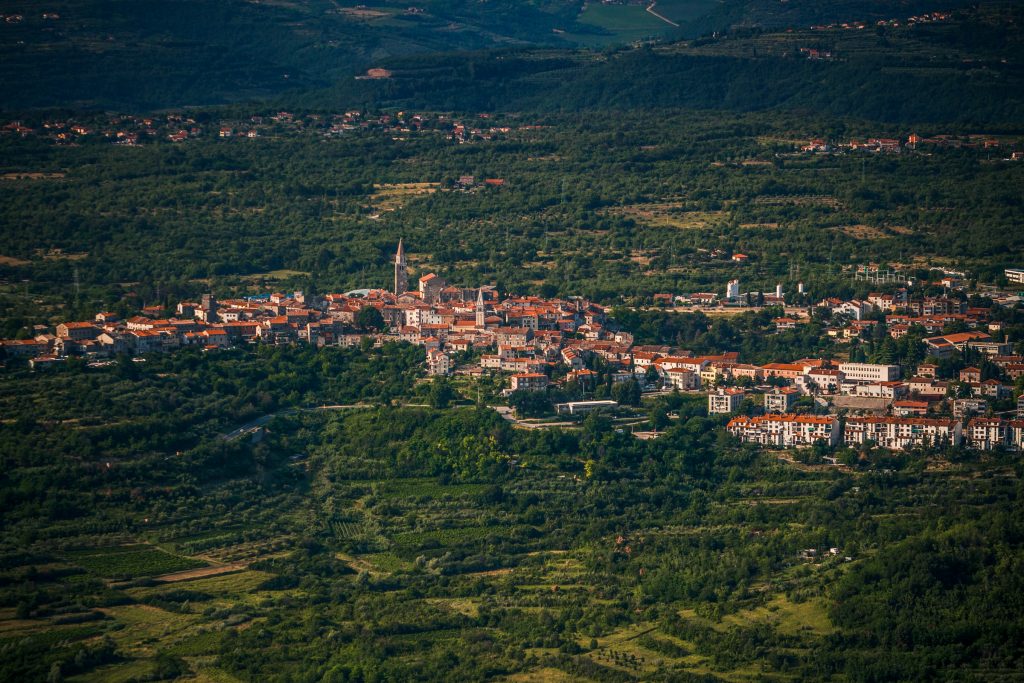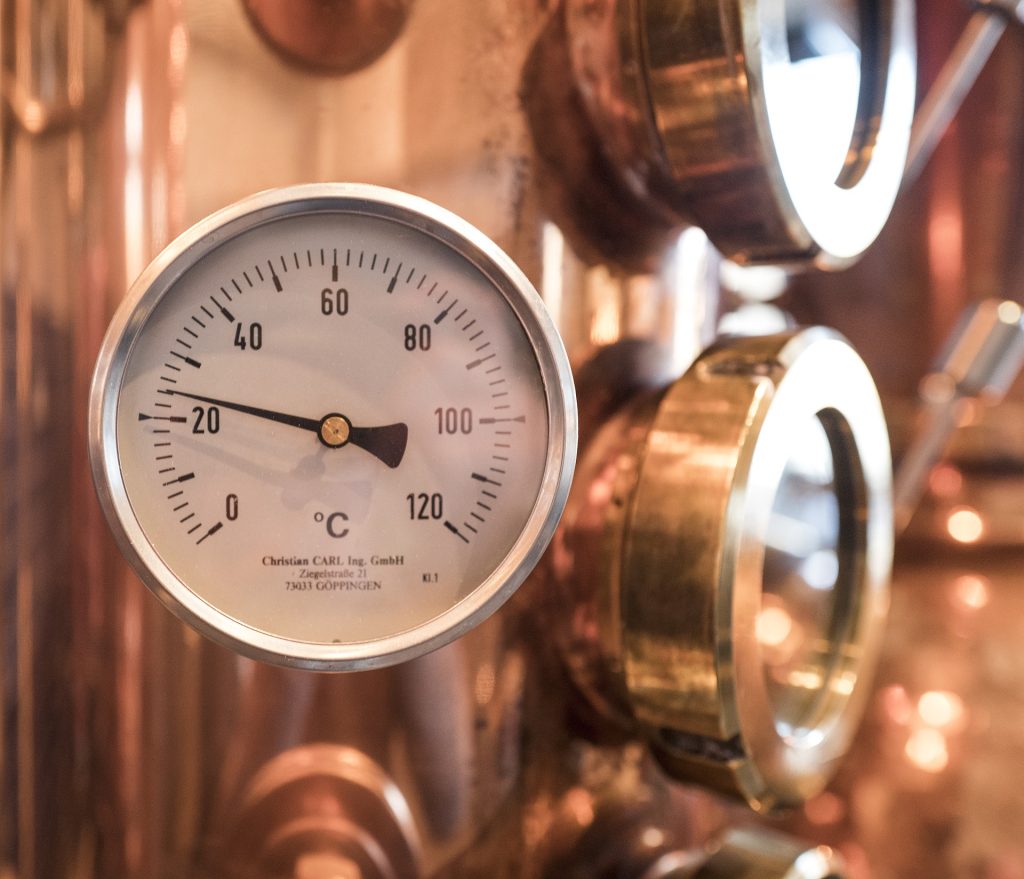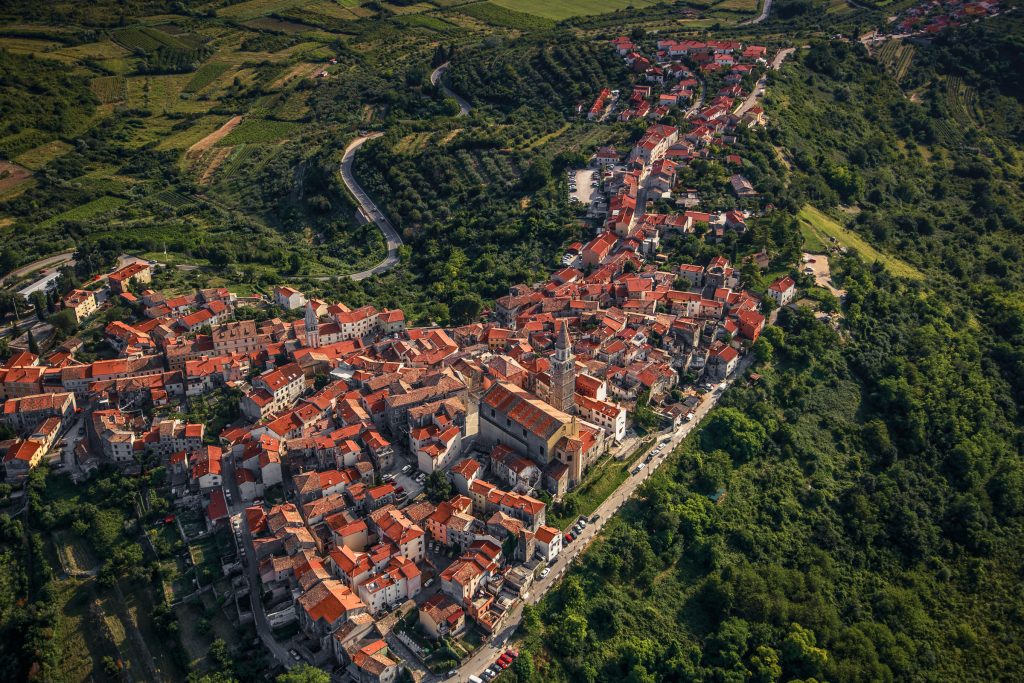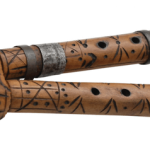June the 4th, 2024 – How much do you know about Istrian craft distilling through the ages? Dr. Robin Smith takes us deeper into this story from the peninsula.
My grandfather told me that an elderly man from the village sat roadside with a gun waiting for inspectors to come… Word got out that there was a crazy man with a gun hunting people, so the inspectors stayed away, a winemaker named Gino recounted over drinks one afternoon in Buje, a town in northwest Istria.
We were discussing the historical importance of Istrian craft distilling. Naturally, one begins that saga with the local distilled spirit, rakija, or what is locally called trapa, and he was trying to express the drink’s historical importance in the area. The story was set in the period of Fascist Italian rule when families would distill small volumes of trapa in the forest to evade the police. They risked fines and jail for doing so, and so apparently, some community members were compelled to sit roadside to intimidate would be interrupters. The story vividly conveyed the sense of how much locals value trapa, and that it holds a significant place in the region’s history and culture. But this potent spirit embodies more than just a traditional beverage. It is a symbol of the region’s resilience and cultural heritage. The intertwining of economic practices, borderland history, and Istrian culture have sustained its production for generations.
trapa’s economic significance

Grape cultivation and winemaking have long been central to Istria’s economy and culture. Historically, the production of trapa was a practical solution to utilize the leftover grape pomace after the winemaking process that discarding would otherwise pollute the local environment – not just the soil, but potentially the groundwater. So, the relationship between winemaking and trapa distilling is a symbiotic one, creating a closed-loop system that exemplifies locals’ sustainable approach to agriculture.
Distilling over the winter months has always been an important leisure activity in villages. Families distill this grape mash into a strong spirit, both for personal consumption and as a tradable commodity within their communities. At various historical moments, the spirit has been bartered, sold in small volumes within villages as moonshine, or exported to nearby Italian markets, offering a financial lifeline when other economic opportunities were scarce or crises appeared. In Yugoslavia, Tito ‘bought a peaceful border’ as locals say, in that the rules on cross-border commerce were rarely enforced. Instead, families in this area enjoyed the freedom to do essentially as much business over the border in Italy as they could arrange. So, much wine and spirits flowed north to Trieste, Muggia, and other nearby Italian towns.
The transition out of Yugoslavia in the 1990s brought significant changes for spirits production. A new border regime slowed exports, but also, socialist-era firms began to collapse, and the rules on private production were lifted entirely. Soon, many winemaking families emerged as business leaders, and grew to be cultural symbols of the region’s culinary and farming heritage. Heavy investments in the tourist sector expanded business opportunities. However, this process also introduced new regulatory frameworks and tax regimes that impacted traditional practices, where increasing bureaucratic costs and complexifying administration intimidated some distilling families out of the formal market.
taxing tradition

In describing his experience of the changes, another winemaker with whom I regularly visited said that, ‘It started with just having to show a receipt [for sales tax]. Then it was stamps [state bottle taxes]. Then there were rules about getting chemical analyses from different institutes, and we had to pay for those analyses. Then there was a commission to taste for organopoleptic properties [like that for wine], which was obligatory. Then, we had to make special “marke” [brands] for each kind of alcohol so each could be issued its own markica [holographic labels that one glues by hand over the top of the bottle neck that have lot numbers according to the marke] and register each one for tax purposes… it was just too much for the small volume of trapa that we sold’. A similar evolution happened in the wine sector, but the taxes were less for wine due to its lower alcohol content. Moreover, the inspections regime, at least in Croatia’s early years, was much more stringent on distilled spirits than wine.
People feared inspectors issuing fines for not complying to the new rules that they were having a difficult time keeping up with. Although the concept of ‘sin taxes’ has been around for eons, generations of Istrians had grown accustomed to this permissive environment for producing wine and spirits. So, the new regulatory regimes surrounding them upset the local economy and organization of daily life. The result was that many families felt it was too costly to keep up their distilling traditions and decided to turn their attention to winemaking.
The emergence of craft distilleries

The Istrian people have an entrepreneurial spirit. Despite the initial exodus from the distilling sector, families are returning to it again now more than ever, and Istrian craft distilling is ramping back up. Local craft distillers are building on the successes of the wine sector to fine-tune their image and are increasingly earning recognition for their spirits. Finally, after years of changes, the tax regime for the spirits sector is stabilizing into a straightforward one that local producers can navigate to create brands and build customer bases. The road to this point may have been a winding one, but craft distillers are the embodiment of the persistence of the Istrian spirit.
Dr. Robin Smith is an anthropologist and Research Fellow at Copenhagen Business School on a project, AnthroTax (funded by the European Union’s Horizon 2020 research and innovation program under the Marie Skłodowska-Curie grant agreement no. 101026736). She has been visiting and writing about Istria since 2005. You can learn more about her work here.









